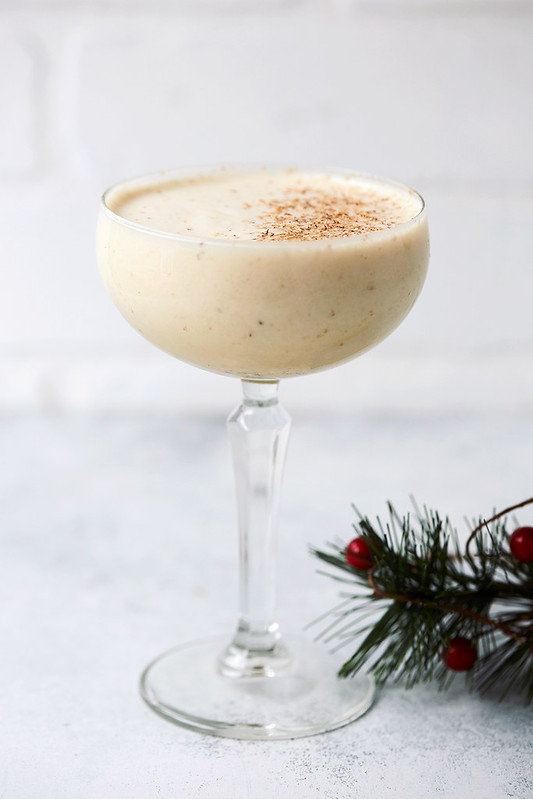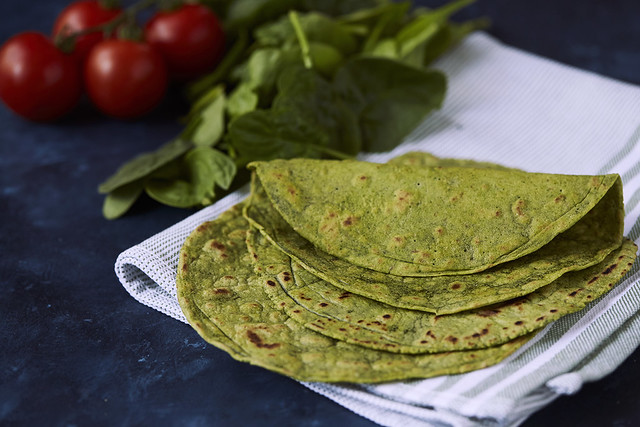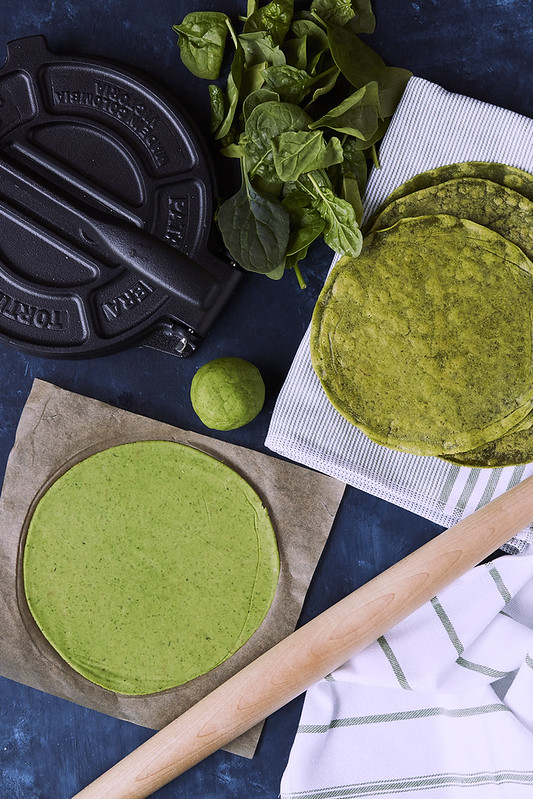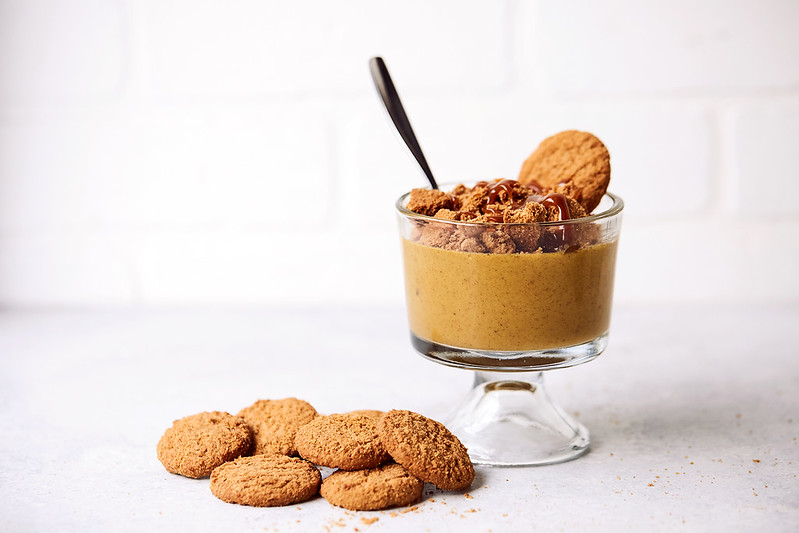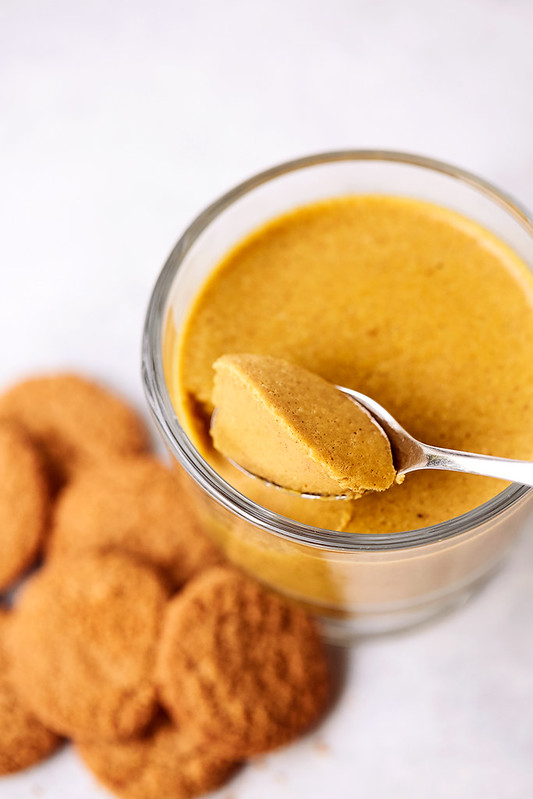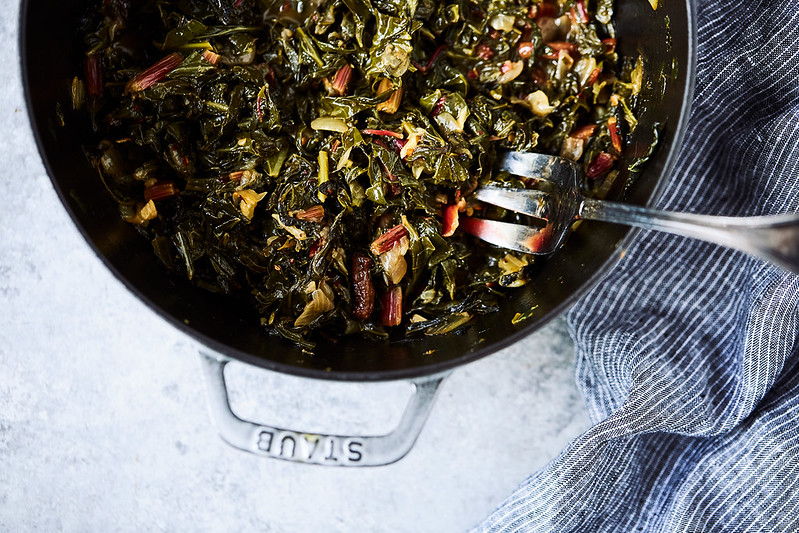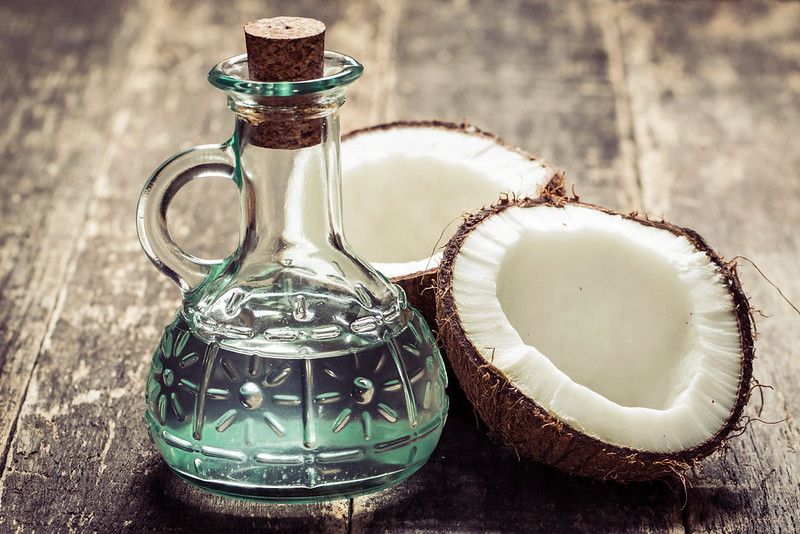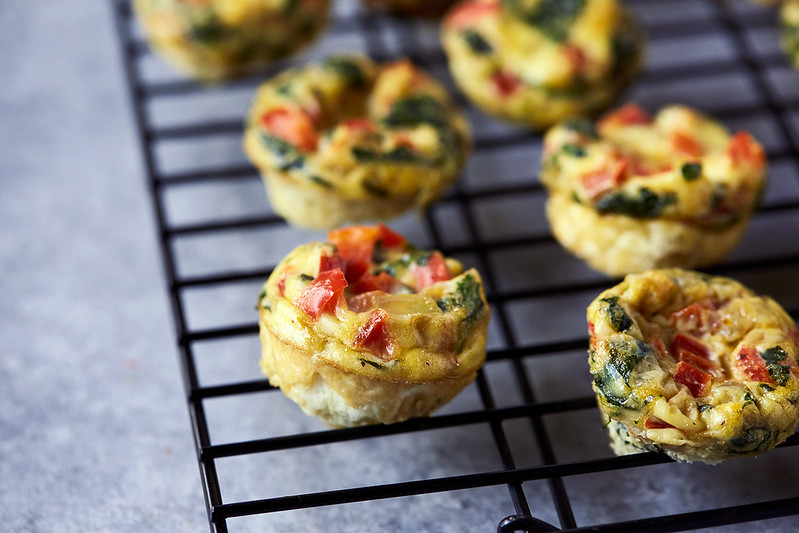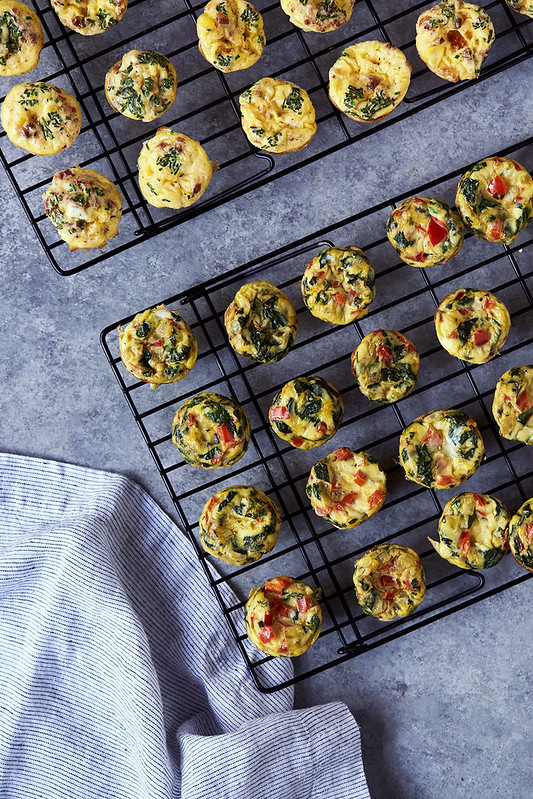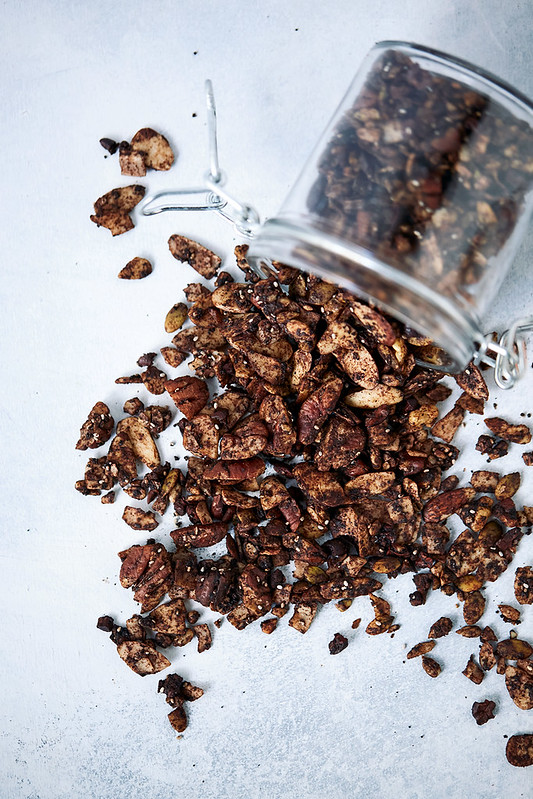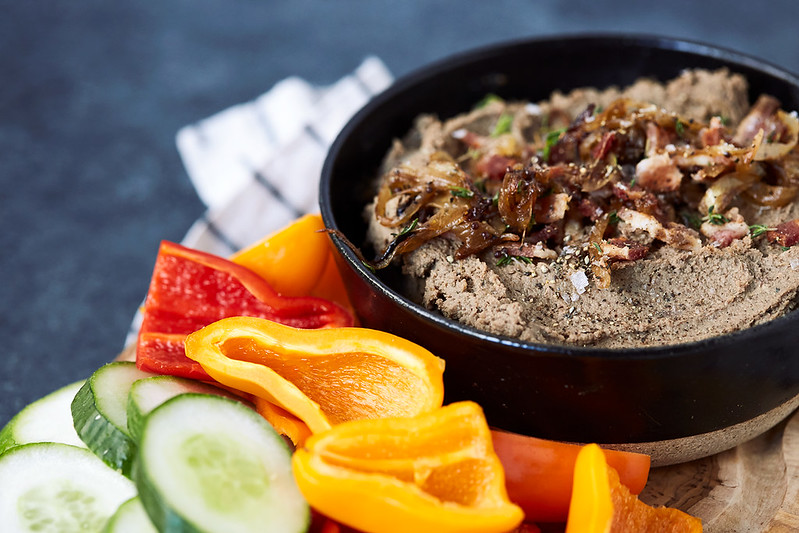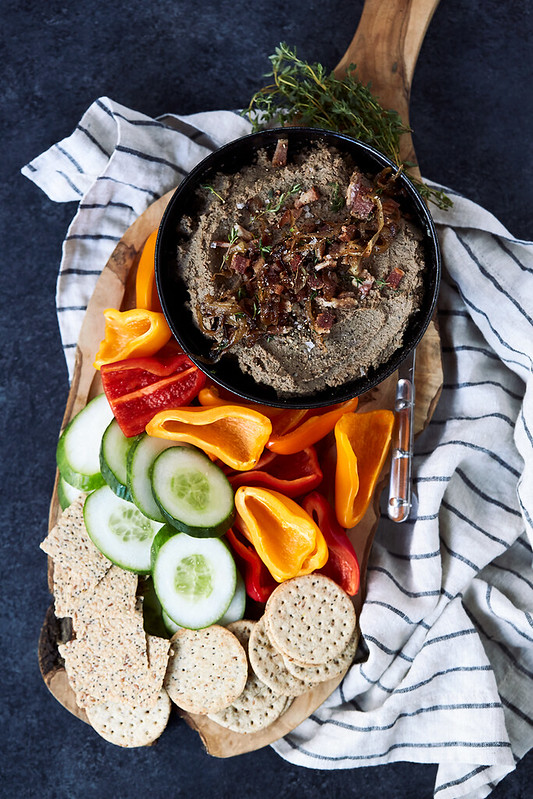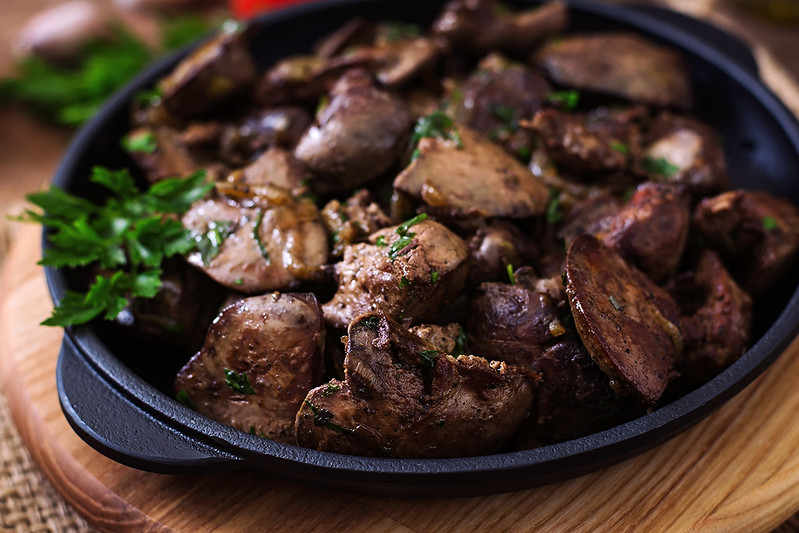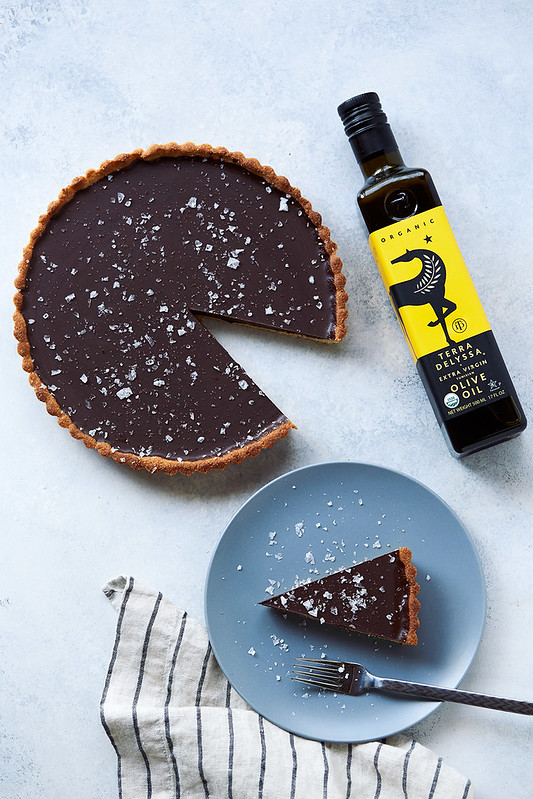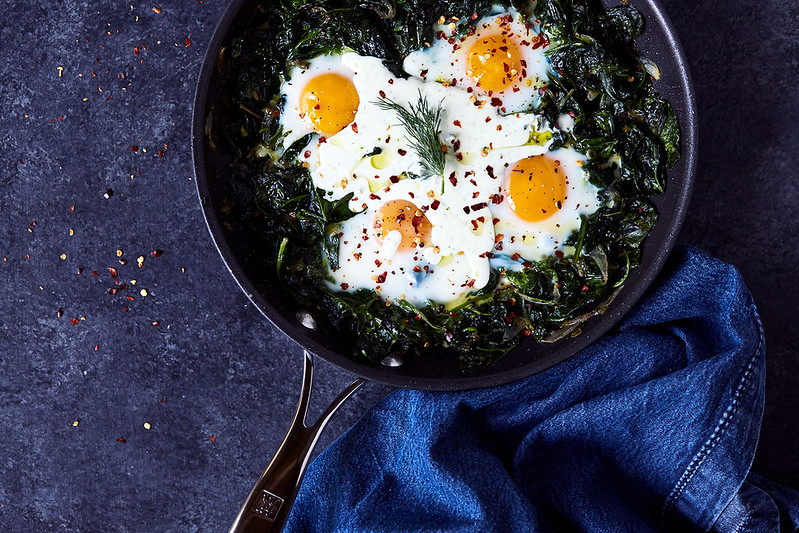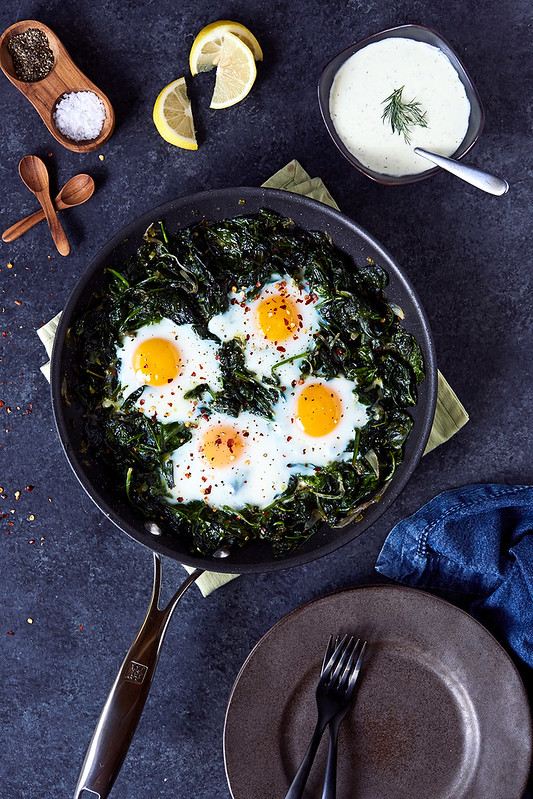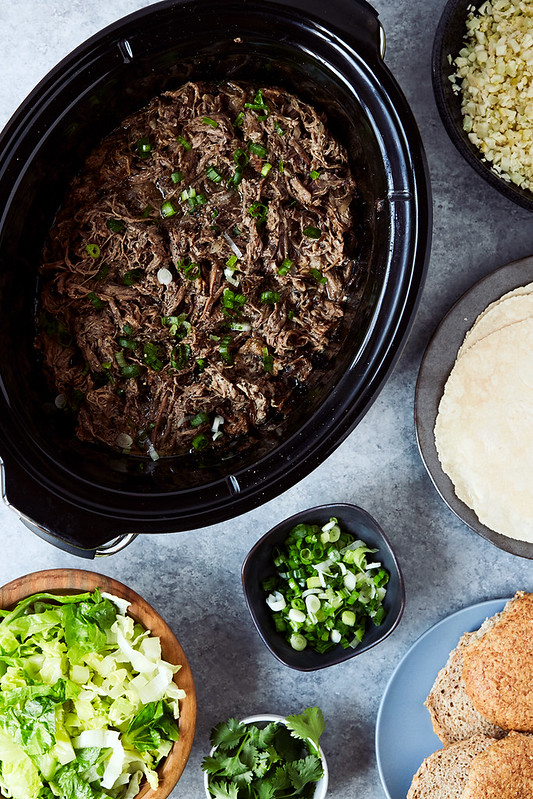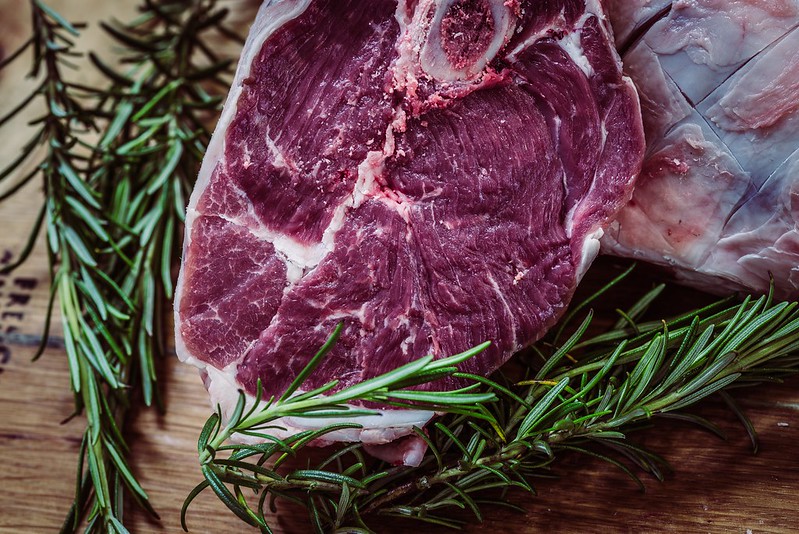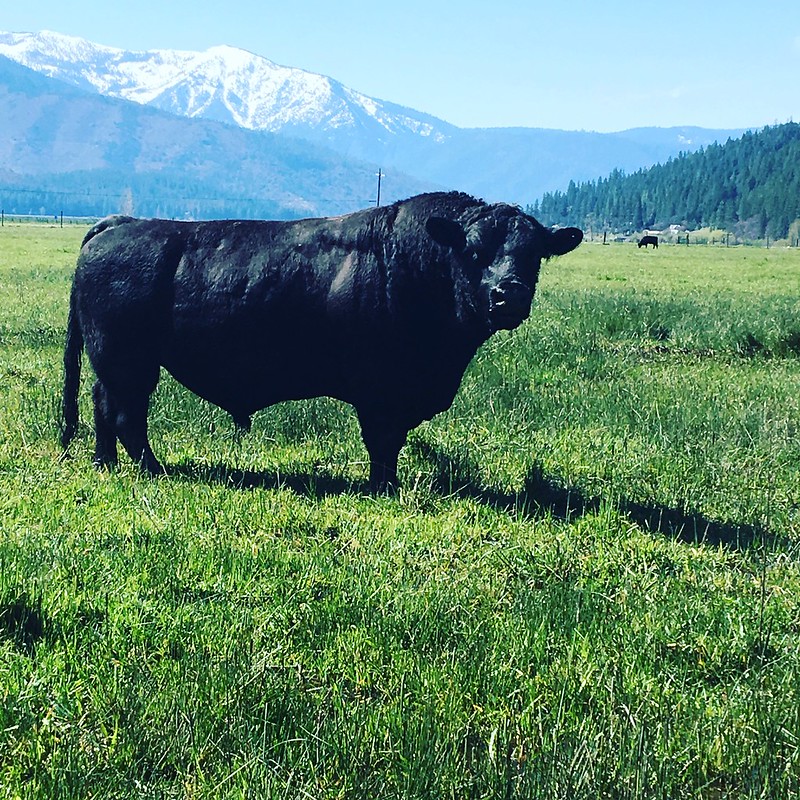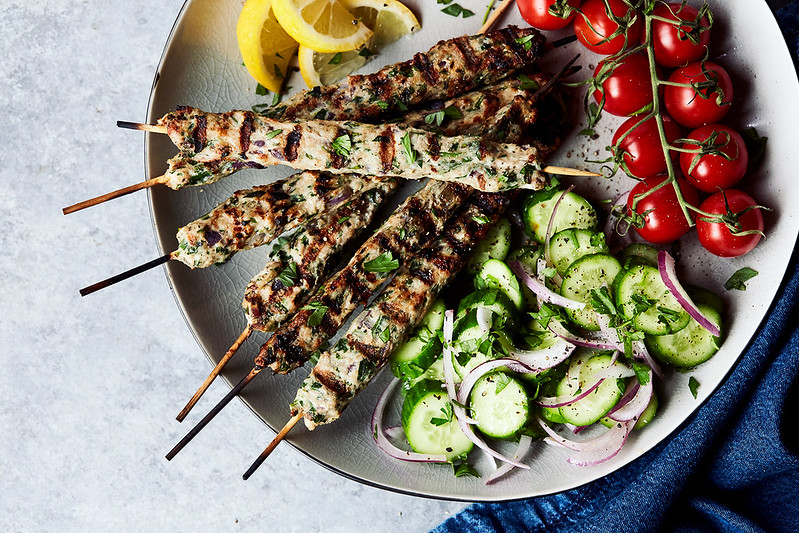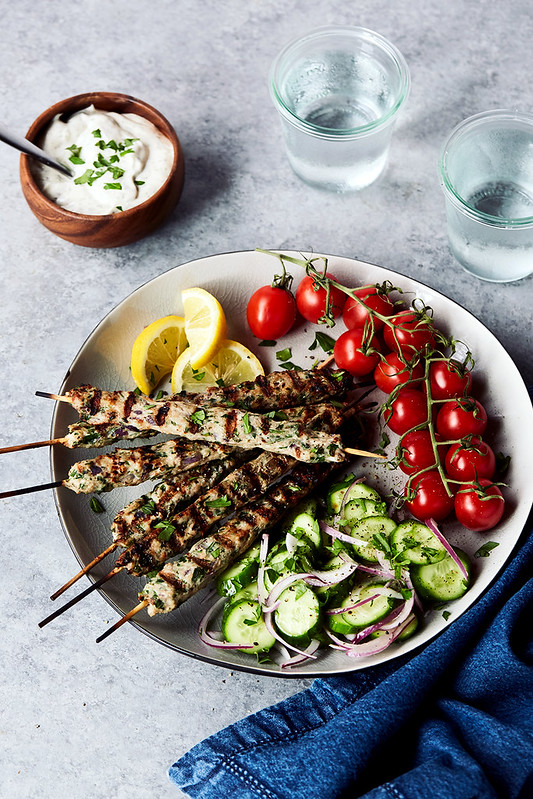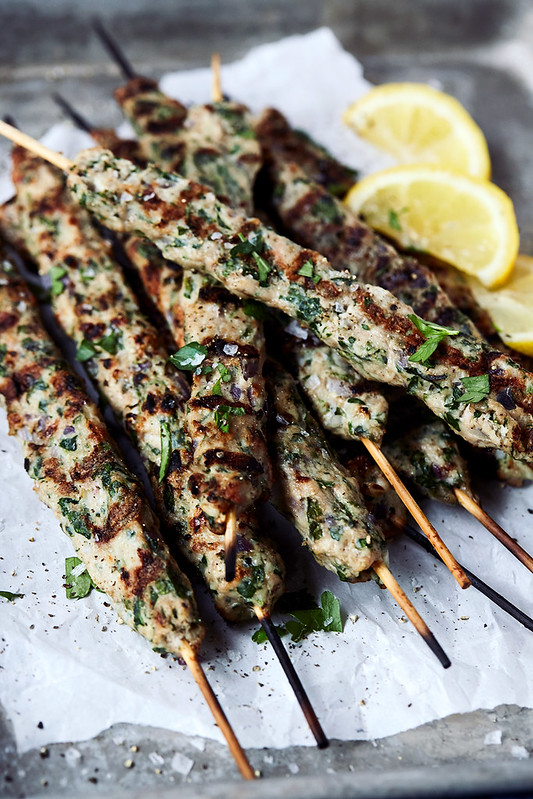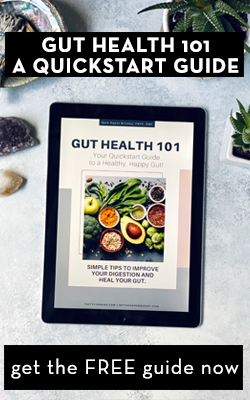-
10 Simple Ways to Practice Self-Care
10 Simple Ways to Practice Self-Care
As a culture we are quite literally burning out. I think many folks can often feel like they are too busy to take care of themselves. But without time for our self-care, stress can take over and we are inundated with exhaustion and we find ourselves a mere shell of who we could be.
Stress is often the leading cause of most health conditions and diseases we face. Being overworked and burning the candle at both ends, this sends our body into an innate state of stress response, releasing an excess of cortisol into our bloodstream to manage the state of our body feeling “in danger”. This is “fight or flight” mode and while our body is here and in a chronic state of the sympathetic nervous system dominance, our digestion doesn’t work, our immune system shuts down, sleep is affected, our heart rate increases and we feel chronically fatigued. We gain weight and our hair skin and nails look drab, despite how hard we try and how great we eat. Our ability to tackle and manage daily tasks feels beyond comprehendible.
Sure you can get your self-care on with yoga, drinking green juice and meditating once in a while, cramming them smack in the middle of your stressful days, but I believe that self-care is a practice much more effective when approached daily, with mindfulness and intention.
Better yet, find a full day to dedicate to your self-care, whatever you need most in that particular moment. If I am home and free, Self-Care Sunday is a regular occurrence that serves a very important purpose to my sanity, my health and my happiness. Some Sundays are facial and hair masks, long showers or staying in my PJs all day. Some involve long walks with good friends, a late brunch and Sunday cocktails – to me it’s just about dedicating time for me, honoring the need for space, not working, not putting anyone else before me and simply rebalancing my mind, body and spirit.
By treating ourselves with kindness and love, daily, we can approach our life, our work and relationships with a happier, more clear mind, allowing the cycle of positivity and happiness to continue to ripple out into the world around us.
-
The Power of Gratitude + FREE Gratitude Journal Download
Gratitude is an immensely powerful force that we can use in the most simple of ways to expand our happiness and cultivate loving relationships, it can even improve our health, both mental and physical.
I am so excited to share the Power of Gratitude. The very many powerful health benefits to a regular gratitude practice along with some tips and thoughts on how to cultivate a grateful heart, plus if you scroll to further down, I’m even offering a free download of a Gratitude Journal worksheet you can use daily, as part of your practice.
I invite you to explore ways to support living gratefully as a way of life, not simply something we celebrate once a year.
-
Benefits of MCT Oil – Why I Use It, How it Differs from Coconut Oil, Liquid MCT Oil vs Powder + More
The list of health benefits of MCT Oil or medium-chain triglycerides, a type of fat, includes fat loss, appetite suppression, increased energy, improved cognition, improved athletic performance, to name a few. Read on to see why I use it, how it differs from coconut oil, how to take it and more!
A balanced, nutrient-dense diet rich in healthy fats is essential to us being our very best! Every single cell in our body needs fat to function, most especially our brain cells. Our brain is actually the fattiest organ in our body at over 60% fat. You already know my feelings on the importance of healthy fats in a well-balanced, nutrient-dense whole foods diet, but you can read more about the Benefits of Healthy Fats.
At this point I have to imagine you’ve heard the buzz surrounding MCT Oil. One of the quickest sources of clean fuel for both the body and the brain, MCT oil is hands down one of the best ways to power up your performance or kick start a nutrition program.
What is MCT Oil?
“MCTs” are medium-chain triglycerides, a form of saturated fatty acid that has many health benefits, ranging from improved cognitive function to better weight management. MCTs are a type of fat that can be readily used for energy by your body and do not have to be broken down before use. They are precursors to ketones and help your body burn fat instead of burning carbs. Ketones are one of the brain’s two primary fuel sources, and also a vital source of ATP energy for the body. ATP energy is what allows every single muscle in your body to move. While ketones from fat, rather than glycogen from carbohydrates, are the primary source of fuel for those on a ketogenic diet, but you don’t have to fully go keto to benefit from MCT oil and ketones.
MCTs get their name because of the length of their chemical structure. All types of fatty acids are made up of strings of connected carbon and hydrogen. Fats are categorized by how many carbons they have: short-chain fats (like butyric acid) have fewer than six carbons, medium-chain fats have between 6–12 carbons and long-chain fats (like omega-3s) have between 13–21.
Most fats consumed are taken into your body then must be mixed with bile released from your gallbladder and acted on by pancreatic enzymes to break it down in your digestive system. Medium-chain fats are digested easily and once they reach your intestine they are sent via the bloodstream directly to your liver, where they have a thermogenic effect and the ability to positively alter your metabolism. MCTs even pass the blood-brain barrier to supply your brain with an instant boost of energy. MCTs are absorbed more quickly than longer chain fats, as there is less work for the body to do, in breaking down the carbon bonds, meaning they can be used quicker as fuel, rather than being stored as fat.
Medium-chain Fatty Acids May Help With:
-
The First Step to Happy Hormones
The First Step to Happy Hormones honors the very delicate balance of our endocrine system by treating dysfunction on a foundational level rather than simply managing or masking symptoms. This is the first post in a Hormone-Focused Series from Nutritional Therapy Practitioner Brynn D’Avello.
My favorite books come from the 1800s, (primarily Jane Austen’s novels), but Brontë, Dumas, Tolstoy and Dostoyevsky populate my “pleasure reading” shelves as well. The common outcry of women in literature of that period was, “Oh my poor nerves!” Today’s self-diagnosis is, “My hormones are out-of-whack.” Interestingly, the nervous system and the endocrine (hormone secreting) system work together frequently. Epinephrine and norepinephrine are classified as neurotransmitters and hormones.
When clients come to me for nutritional help to balance their hormones I tell them that it’s not a simple process and will require work on my part to investigate where the imbalance is originating to know how to support the underlying foundations of their body. It also takes commitment on the part of the client to change their habits. Endocrine function is a system of complex relationships. The goal is to support the entire system, not just to manage the symptoms. Each client has their own unique needs, and it is important to lay the right foundation for digestion, hydration, blood sugar regulation, mineral and fatty acid balance through a nutrient-dense diet.
What Are Hormones Exactly?
Basically, they are chemical messengers that carry information and orders to organs in the body. They are targeted for specific cell receptors around the body and are used to keep your body in homeostasis, or in balance. We all know that hormones are a key component in reproduction, and while many of us probably only think about them in relation to PMS hormones are critical in many other body processes. Other functions hormones are responsible for are regulating metabolism and energy balance, glandular secretions, some immune system activities; they play a part in the contraction of smooth and cardiac muscles; they control growth and development, and help establish circadian rhythms.
-
The Benefits of Eating Liver: Nature’s Most Nutrient-Dense Superfood
The Benefits of Eating Liver are abundant and very well documented. Liver is nature’s most concentrated source of vitamin A; it is also abundant in B12 and other B vitamins, plus iron, choline, copper, folic acid, purines and natural cholesterol. It’s also a fantastic source of magnesium and phosphorus. Liver has also been shown to contain a not-yet identified anti-fatigue factor.
I live by the rule: never say never! In the past I have tried eating liver several different ways and while I really wanted to like it, I just couldn’t get down with it. I didn’t love the taste, or truthfully there was something off-putting about knowing what I was actually eating. I had a hard time looking at it, even. I kinda always knew it was good for me, but I honestly didn’t know to what extent and while I tried, I just couldn’t bring myself to eat it. However, I refused to ever say “I will NEVER eat liver” – rather I thought: someday I will find a way to like it.
The more I learned about liver, especially during my time in school with the NTA and in doing my own research, the more I was determined to find a way I could and would enjoy it. At first, it started with liver supplements, so I could reap the benefits of liver without having to eat it. The effects were so profound that I finally decided one day to just try paté at a restaurant while traveling. I liked it. I actually liked it a lot. I came home and promptly ordered a liver from the incredible farm we get all of our pasture-raised meat from, Diamond Mountain Ranch, and I decided it was time to just dive right in and make it myself.
The Offal Truth:
While many people assume that plant-based foods: vegetable and fruits are the most nutrient dense foods on the planet, I think most would be surprised to learn that organ meats (also called offal) actually far surpass most plants for nutrient density and at the top of that list is liver. Organ meats contain some of most highly prized nutrients in concentrations hard to find anywhere else. This is why predatory animals eat it first, instinctively knowing that organ meats are the densest source of nutrition and why it has been so highly celebrated throughout history. Prior to modernized culture and our industrialized food systems, traditional food cultures generally ONLY consumed the organ meats, the lean muscle meat, that we consume today was thrown away or used to feed other animals.In general, organ meats are between 10 and 100 times higher in nutrients than corresponding muscle meats.
All that being said, none of this is to at all say that fresh produce isn’t of equal importance. Fruits and vegetables are rich in phytonutrients like flavonoids and polyphenols that aren’t found in high concentrations in meats and organ meats, so it’s just as vital to include an abundance and array of fresh produce as a significant part of your diet.
Nature’s Most Nutrient-Dense Superfood
So why is liver so incredible? To simplify it, liver contains more nutrients, gram for gram, than any other food.
Quality Grass-fed Liver Provides:
- An excellent source of high-quality protein
- Nature’s most concentrated source of vitamin A
- All the B vitamins in abundance, particularly vitamin B12
- One of our best sources of folic acid
- A highly usable form of iron
- Trace elements such as copper, zinc and chromium; liver is our best source of copper
- An unidentified anti-fatigue factor
- Three ounces of quality beef liver contains almost three times as much choline as one egg
- CoQ10, a nutrient that is especially important for cardio-vascular function
- A good source of purines, nitrogen-containing compounds that serve as precursors for DNA and RNA
- It also contains a mysterious “anti-fatigue factor,” making it a favorite among athletes 1https://www.westonaprice.org/health-topics/food-features/the-liver-files/
References
1. ↑ https://www.westonaprice.org/health-topics/food-features/the-liver-files/ -
How I Healed My Skin and My Safer Skin Care Routine
How I Healed My Skin and My Safer Skin Care Routine
Throughout high school, much of college and to be fully honest, well into my late 20’s and early 30’s, I always struggled with my skin. Chronic hormonal acne, cystic acne, zit beards, backne (if you don’t know, this is short for back acne and it’s totally fun), unexplained breakouts that weren’t exactly pimples and weren’t allergic rashes – ya know, all the usual suspects. I never had a full face of explosive cystic acne that would create an absolutely epic “before” photo for a blog post like this. I generally just wouldn’t allow photos to be taken of me when it was at it’s worst. But, I also cannot really recall a time that I ever had fully “clear” skin. There was always something. I got pretty good at mastering the art of coverup, I tried what seemed like every over-the-counter and prescription creams and gels, took several rounds antibiotics, absolutely terrifying pharmaceuticals (see also: Accutane), I spent money on mineral-based cosmetics and nicer brands. None of it helped.
My skin has come a very long way. These days, I am happy to share that I have super clear skin, very few, if any breakouts ever, little to no scarring or residual marks from the years acne and an even, smooth skin tone. I have skin that actually glows. I never thought I’d see the day!
A rare makeup-free selfie. No filters. No editing.
Full disclosure: Great lighting. Filled in brows and I have eyelash extensions.
No makeup on my skin, just washed and pat-dried skin with moisturizer and facial oil.I know many of you want me to tell you about the one single thing I did to clear my skin. The one magical product that helped my hormonal breakouts. The one way to get rid of cystic acne. Phew, I wish it were that easy. You guys, it’s not. It’s just not quite that simple. But, in this multi-layered approach to healing my skin, each piece is important and likely dependent on the others, but none of it is overly complicated. It’s about being informed and making choices that work for you on a foundational level, so you can be on your way to clearer, more beautiful skin! For good.
Eating a clean and balanced nutrient-sense, properly-prepared, whole foods based diet, that includes healthy fats and proteins, as well as unrefined, complex carbs and a conscious removal of refined sugars from my diet – this probably was what brought the most drastic improvements on my quest to heal my skin. Beyond that initial shift, I would say addressing my digestion on a foundational level, healing my gut and dealing with underlying dysfunction and dysbiosis, this was equally as, if not more, important to the equation. Finally, getting rid of toxic, skincare products and cosmetics, this was the last piece to the puzzle, to allow my skin to truly shine and glow, to reduce uneven skin tones, acne scars and blemish marks, dark spots and reducing the fine lines that come with age. I cannot emphasize enough that what you put ON your body is just as important as what you put IN your body.
It Starts in the Gut
Why Our Gut Affects Our Skin
When our digestive system is working properly, and our guts are in peak working condition, we give our bodies the chance to actually absorb, assimilate and utilize all of the important nutrients from the nutrient-rich, whole foods we consume. All those nutrients are distributed to different areas in our bodies, to the various systems and organs, of these important recipients is the largest organ in the body – our skin.
-
Why to Choose Grass-Fed Meat vs Grain-Fed
Much like some of the other basic nutrition topics we’ve been covering recently, I know for many of you, this information on Why to Choose Grass-fed Meat, it may be old news. Feel free to skip on by and wait for the next post, but if this information is new to you or you want a refresher or to learn more, I got you. As you have heard me say, time and time again, every day, every single day, I encounter people outside my little sheltered food/nutrition bubble, who haven’t yet received this information and knowledge that many of us take for granted, being deeply rooted in our daily food choices for some time. Rather than assuming that everyone already knows this stuff, I would rather create simple posts that are easily accessible to them/you to share, inform and empower you with the knowledge to make better decisions for you and your health.
Nutrition
Not all meat is created equal. But, I am sure most of you know that at this point. As you also know from recents posts here on Tasty Yummies, fat can absolutely be an incredibly nutrient rich part of your diet, but this same macronutrient when of the wrong variety, can also cause numerous diseases, inflammation, digestive issues and more. The diet of the animals we eat, can greatly change the fat in it’s tissues (and consequently the meat that we eat), among other nutritional differences. According to a study 1http://www.csuchico.edu/grassfedbeef/research/Review%20Grassfed%20Beef%202010.pdf conducted by California State University’s College of Agriculture, grass-fed beef nutrition includes significantly more omega-3 fatty acids (2 to 4 times more yhan grain-fed) and more conjugated linoleic acid (CLA) than grain-fed beef. The ratio of omega-3 to omega-6 in grain-fed meat is much worse than grass-fed and it’s not because the omega-6 content of beef fat skyrockets with grain feeding; it is however because the omega-3 content is basically nonexistent in the grain-fed animals. Due to the modern, standard American diet (SAD), many people are highly omega-3 deficient and therefore the ratio to bad omega-6 fats is severely imbalanced due to it’s prevalence in a SAD, which can lead to a chronic exacerbated inflammatory response, a general state of systemic inflammation, and the development of the various diseases with an inflammatory root.
Conjugated Linoleic Acid of CLA is a strong polyunsaturated fatty acid that must be obtained from our diets. CLA has been shown to discourage weight gain and build muscle, as well as support metabolic and cellular health by helping to transport fatty acids into the mitochondria and boost immune health. It has even been shown to lower the risk of cancer. 2https://www.ncbi.nlm.nih.gov/pubmed/15941017 High-quality grass-fed beef and butter from healthy, grass-fed cows or other animals are the top sources of CLA.
Grass-fed beef, is also one of the best protein foods around, is also higher in precursors for vitamin A and E and cancer and heart disease-fighting antioxidants compared to grain-fed beef. It is also higher in B vitamins, vitamin K and trace minerals like magnesium, calcium, and selenium. Grass-finished beef has higher proportions of cholesterol neutral stearic fatty acids and less cholesterol-elevating short chain fatty acids, such as myristic and palmitic acid. Grass-fed meat truly shines in the micronutrient profile for one major reason: Grass-fed cows get more nutritious food.
Ideally these animals are grass-fed for their whole life. Only exclusively grass-fed cows live out their entire lives on grassland. The rest may start their lives on open pasture and are then eventually moved to a feedlot. Often meat being sold as “grass-fed” is an animal that was fed grass for a short time, early in it’s life, but finished with grain, to increase weight gain, to fatten them up and reduce costs and increase profitablity. Just 80 days of grain feeding was enough to destroy the omega-3 content of the beef. CLA content plummeted in the same amount of time. The longer the animals were fed grains, the lower the quality of the meat. This is one of the many reasons that 100% grass-fed or grass-fed and grass-finished should be sought out.
Read more about the cost of grass-fed meat and how the labeling of grass-fed animals can be downright deceitful. While the FDA no longer governs this label claim, you should still look for it and additionally look for seals such as American Grassfed or PCO Certified 100% GrassFed for assurance that the claim was verified and means the animals were 100% grass fed and raised on pasture. You can also look for The Certified Grassfed by AGW seal. 3http://greenerchoices.org/2016/12/30/grassfed-general-claim/ Even more reasons to get to know your farmer or rancher and ask the important questions directly to the person that actually knows. As Michael Pollan says “shake the hand that feeds you“!
References
1. ↑ http://www.csuchico.edu/grassfedbeef/research/Review%20Grassfed%20Beef%202010.pdf 2. ↑ https://www.ncbi.nlm.nih.gov/pubmed/15941017 3. ↑ http://greenerchoices.org/2016/12/30/grassfed-general-claim/

